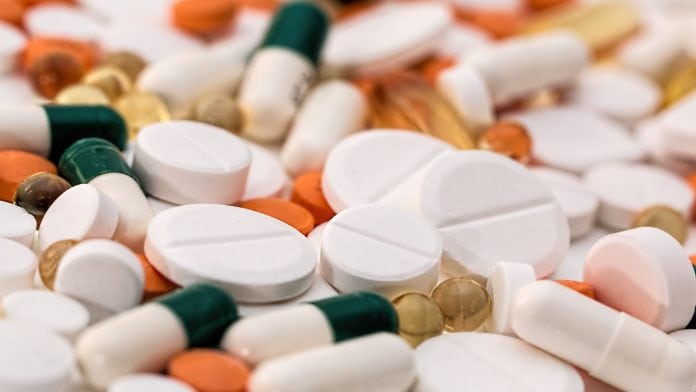
New research from the University of Exeter, UK, shows that if antibiotic treatment continues to be used, patients will pass the “tipping point” of becoming resistant to their effects.
The research team led by Professor Robert Beardmore from Exeter University has discovered new evidence which suggests the length of the antibiotic treatment reduces the risk of resistance.
According to a report on the university’s website, after examining microbial communities and how they reacted to different antibiotic cycling patterns under laboratory conditions, researchers found that changes in both the duration and dose of antibiotics used and in sugar levels could push these microbial communities beyond a “tipping point”, therefore being drug resistant.
Researchers suggest that this new study demonstrates that resistant species can increase within the body even after antibiotics are withdrawn.
How does antibiotic resistance occur?
Antibiotic treatment is most common when dealing with strep throat and pneumonia. Resistance occurs when the microbes develop the ability to defeat the drugs designed to remove them, therefore multiplying without interruption.
General advice from health professionals is to finish the full course of antibiotics to ensure that the bacteria has been fully eradicated.
However, recent research has revealed that the longer the bacteria is exposed to antibiotics, the more likely it is that it will develop resistance.
Beardmore, a mathematical biosciences expert from the University of Exeter, said: “It’s a sensible idea that when you take an antibiotic away, resistance goes away too, but we wondered what kinds of antibiotic treatments don’t behave like that. After all, in some clinical studies, resistance didn’t disappear when the antibiotic did.”
Understanding antibiotic course length
This new study aimed to do what little research before it has done: show how the length of a course of antibiotics impacts resistance.
To do this, researchers examined how microbial communities containing Candida albicans and Candida glabrata reacted to different doses of an antimicrobial when fed with sugar.
Both of these species are commonly found together in healthy people. The study showed that once the antimicrobial was introduced, communities were reduced; then, when the treat was removed, the communities were revitalised.
What is the future of antibiotic treatment?
This research will aid future studies in finding out the best time to stop antibiotic treatment and prevent resistance.
Co-author Professor Ivana Gudelj concluded: “Our body is a mother ship for microbial communities, but we’ve still expected to understand drug resistance by studying microbial species one at a time, in the lab.
“We show this can be misleading because microbes have intricate relationships that the drugs make even more complicated, and yet our theories of antibiotic resistance have ignored this, until now. So that’s the first surprise: even sugars can affect antibiotic resistance.”










